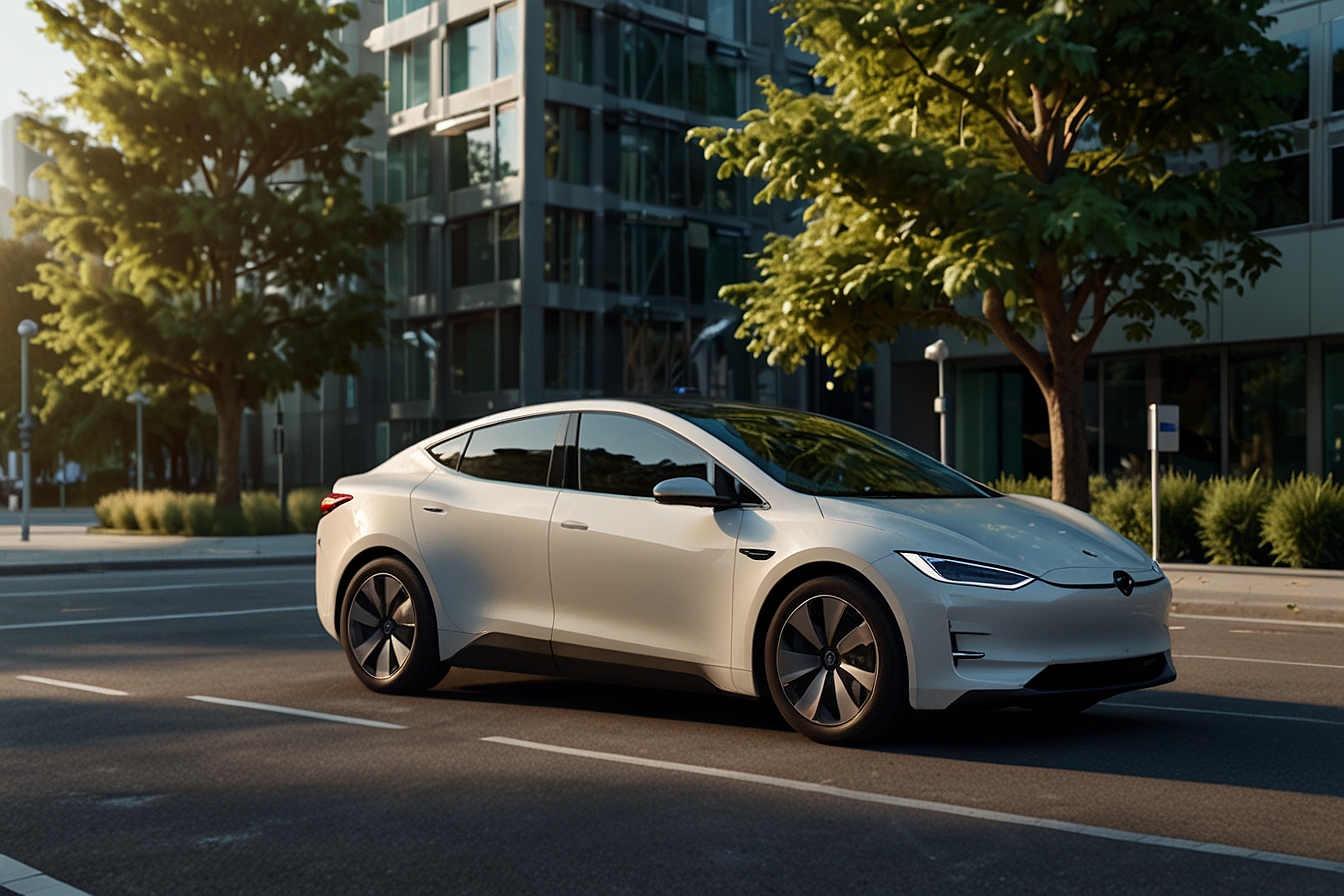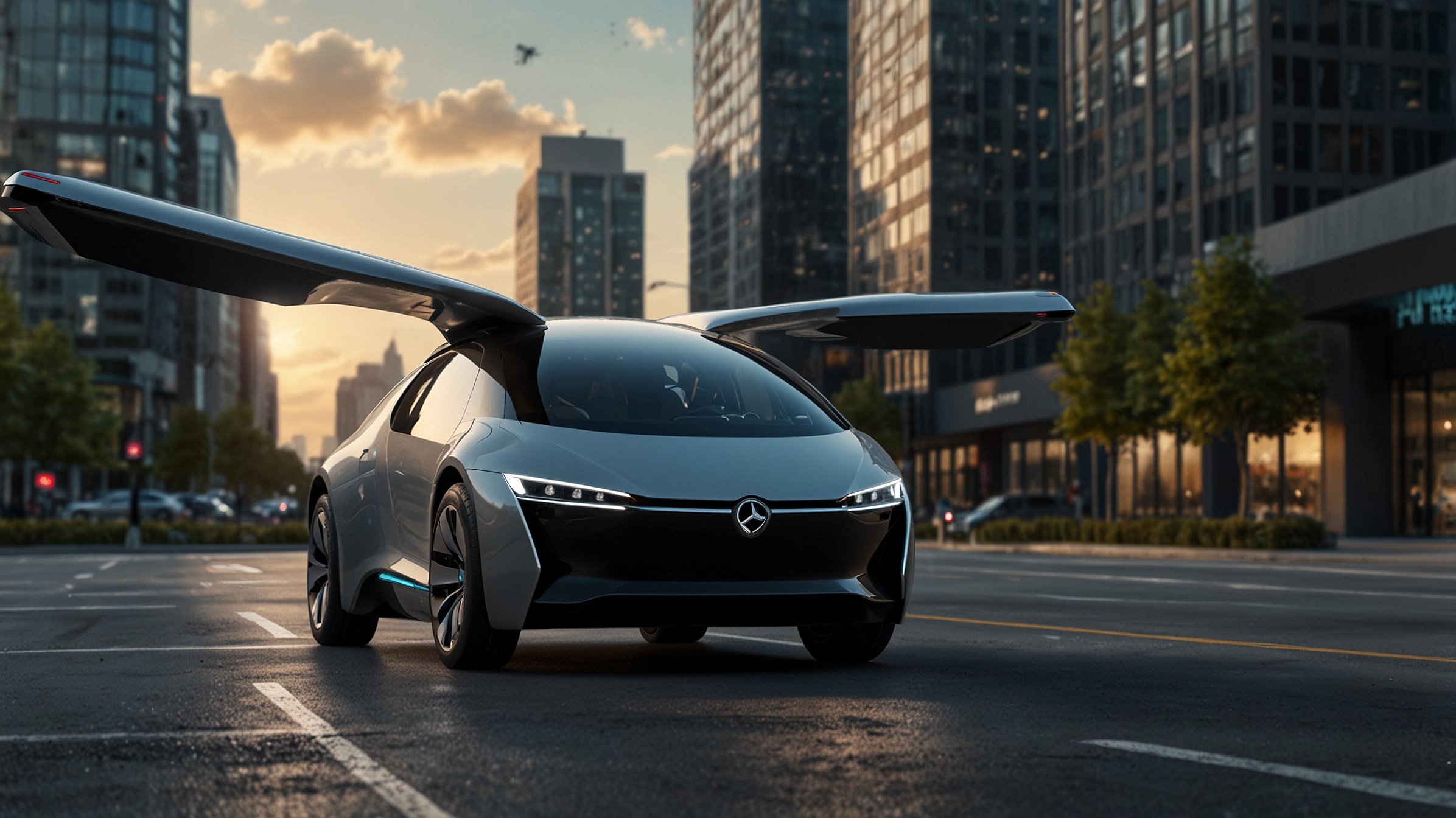Millions of men trust ED pills to feel confident, connected, and in control again. From fast-acting Viagra to longer-lasting Tadalafil or Generic Cialis, there’s a top-rated option that fits your lifestyle. Find out what works — and take the first step today.
Related Searches
Get Viagra Online
Get Tadalafil Online
Get Generic Cialis
Best Erection Medicine
ED Medicine Near Me
Top-Rated ED Pills
How ED Medications Help
Most ED pills belong to a group of drugs called PDE5 inhibitors that boost blood flow, helping you get and keep a strong, lasting erection when the moment is right. They relax blood vessels and enhance nitric oxide — a natural trigger for arousal. Most work within 30 to 60 minutes.
These pills give you more than performance — they give you the power to please her again, and remind both of you what real passion feels like.
Popular ED Treatment Options
1. Viagra (Sildenafil)
Viagra is the most recognized name in ED treatment. It’s been around since 1998 and has helped millions of men. It usually starts working in 30 to 60 minutes and lasts about 4 to 5 hours. It works best if taken on an empty stomach—heavy meals can slow it down.
Why men like it:
– Trusted and widely used
– Works fairly fast
What to keep in mind:
– Some men get headaches, flushing, or upset stomach
– Not safe to use with certain heart medications
2. Cialis (Tadalafil)
Cialis is known for lasting longer—up to 36 hours. That’s why some people call it “the weekend pill.” You can take it daily in small doses or just when you need it.
Why men like it:
– Long-lasting, so you don’t have to time things
– Option for daily use
What to keep in mind:
– Side effects might include muscle aches or stomach discomfort
– Talk to a doctor if you have certain health issues
3. Levitra (Vardenafil)
Levitra works like Viagra—kicks in around 30 minutes and lasts up to 5 hours. It’s also shown to work well for men with diabetes.
Why men like it:
– May work when others don’t
– Same category as Viagra, but with a unique formula
What to keep in mind:
– Side effects like flushing or dizziness
– May not mix well with some meds
4. Stendra (Avanafil)
Stendra is one of the newer options. It can start working in as little as 15 minutes. It doesn’t last as long as Cialis, but it’s great if you want quick results.
Why men like it:
– Very fast-acting
– Fewer side effects for some men
What to keep in mind:
– Not as much research as the older options
– Results may vary
Talk to a doctor before starting any ED medication—it’s the best way to make sure it’s safe for you. Along with treatment, simple lifestyle changes like better sleep, less stress, and staying active can really help. ED doesn’t have to control your life. Find what works for you and take back your confidence.
Related Searches
Get Viagra Online
Get Tadalafil Online
Get Generic Cialis
Get Stendra Online
Get Levitra Online
Urologists Near Me
Looking for alternatives?
Some men prefer options that are non-prescription and more natural. From vacuum pumps and natural supplements to breakthrough therapies like shockwave treatment and testosterone support, there are powerful alternatives designed to help you perform — and satisfy — without taking a pill. Explore what’s possible and find the solution that fits your life.












